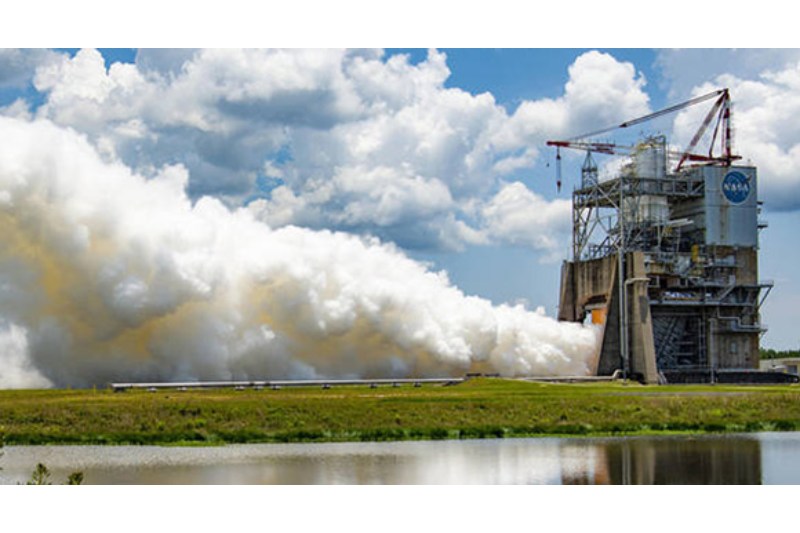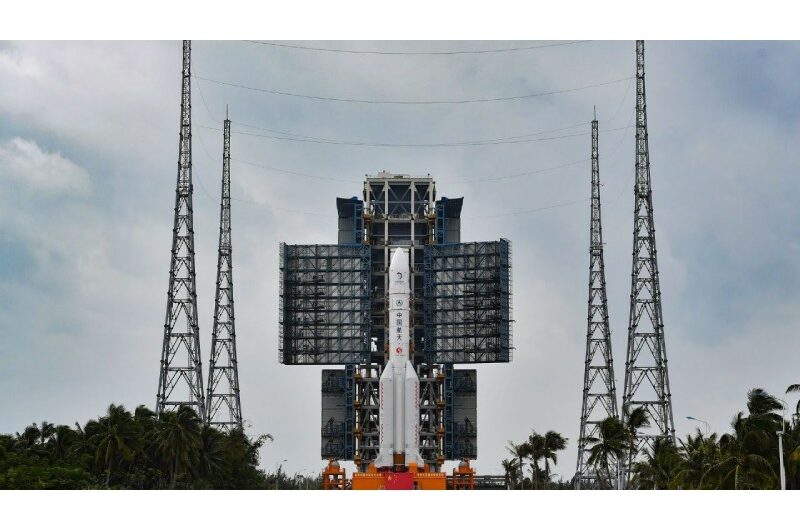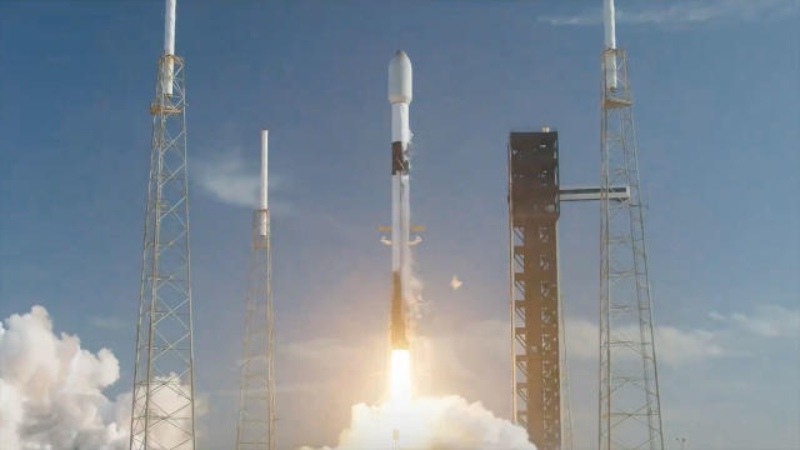NASA completed a crucial sequence of engine certification tests at NASA’s Stennis Space Center, close to Bay St. Louis, Mississippi, on April 3. This was a significant step toward the construction of new RS-25 engines, which will power NASA’s Artemis expedition to the Moon and beyond.
For Aerojet Rocketdyne, an L3Harris Technologies company and the lead engine contractor, the 12-test series is a critical step toward building new RS-25 engines utilizing contemporary manufacturing processes for NASA’s SLS (Space Launch System) rockets, which will power upcoming lunar missions starting with Artemis V.
“The conclusion of the certification test series at NASA Stennis is just the beginning for the next generation of RS-25 engines that will help power human spaceflight for Artemis,” said Johnny Heflin, SLS liquid engines manager. “The newly produced engines on future SLS rockets will maintain the high reliability and safe flight operational legacy the RS-25 is known for while enabling more affordable high-performance engines for the next era of deep space exploration.”
NASA plans to use Artemis to lay the groundwork for future lunar exploration, place the first woman, person of color, and international partner astronaut on the moon, and get ready for future human missions to Mars for the common good.
As part of that endeavor, the NASA Stennis test team finished the 12-test series on developmental engine E0525 with a full-duration, 500-second hot fire. This provided crucial performance data for the final RS-25 design certification review. A test series that started in October 2023 came to an end with the hot fire on April 3.
The space shuttle’s RS-25 main engines have been updated with new parts to provide the extra power required to assist NASA in launching its SLS rocket. Modified Space Shuttle main engines, which were also tested at NASA Stennis, were used on the first four Artemis missions. The SLS rocket is powered by four RS-25 engines and two solid rocket boosters for every Artemis mission, resulting in a total thrust of almost 8.8 million pounds at liftoff.
“This was a critical test series, and credit goes to the entire test team for their dedication and unique skills that allowed us to meet the schedule and provide the needed performance data,” said Chip Ellis, project manager for RS-25 testing at NASA Stennis. “The tests conducted at NASA Stennis help ensure the safety of our astronauts and their future mission success. We are proud to be part of the Artemis mission.”
The E0525 developmental engine had new critical parts that matched the design characteristics of those utilized in an initial certification test series that was finished at NASA Stennis last summer. These parts included a nozzle, hydraulic actuators, flex ducts, and turbopumps.
The two certification test series assisted in confirming that the new engine parts comply with all future Artemis flight requirements. In order to create new RS-25 engines more quickly while retaining high performance and dependability, Aerojet Rocketdyne is employing technologies like 3D printing. Contracts to supply 24 new engines to support SLS launches for Artemis V through Artemis IX have been given by NASA to the business.
“Successfully completing this rigorous test series is a testament to the outstanding work done by the team to design, implement and test this upgraded version of the RS-25 that reduces the cost by 30% from the space shuttle program,” said Mike Lauer, RS-25 program director at Aerojet Rocketdyne. “We tested the new RS-25 engines to the extreme limits of operation to ensure the engines can operate at a higher power level needed for SLS and complete the mission with margin.”
Numbers-Based RS-25 Final Certification Test Series
Before being used on Artemis flights, all RS-25 engines undergo testing at NASA Stennis and are deemed flightworthy. A multidisciplinary team of operators from NASA, Aerojet Rocketdyne, and Syncom Space Services—the prime contractor for site infrastructure and operations—conduct RS-25 testing at the center.
Topics #NASA










